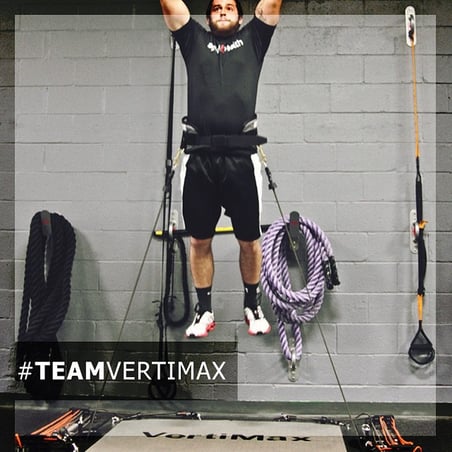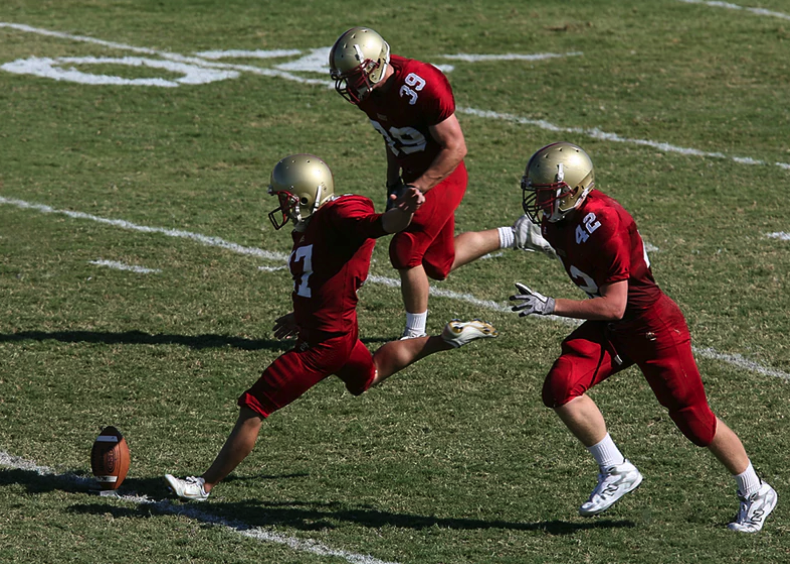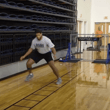
High school athletes can be an inspiring, if frustrating, bunch to work with. Enthusiastic and driven, many adolescent sportsmen and women give their all in the court, track, field, and pool in pursuit of victory. It’s a shame that many of them get stopped short by a fundamental lack of strength. But as anyone who’s played high school sports can attest, coaches often overlook strength training in favor of more straightforward drills.
When coaches leave strength training out of the schedule, athletes pay the price. Many high school athletes join teams with little to no strength. Some may be quicker or more agile than others, but their prowess proves temporary and fades quickly after the first half of a 3-month season. Injuries are common among those left to rely on inborn talent and effort: without the buildup of relevant muscle groups, they quickly succumb to shin splints, tennis elbow, swimmer’s shoulder, and a number of other common ailments. Many a future star has fallen after a few seasons of such frustration.
That’s where strength training comes in. While most people think strength training is all about lifting weights, it’s actually a broad field that includes a wide range of resistance methods. One of its central goals is to reduce the risk of injury. In high school students, strength training is often necessary to target muscle groups that need to do their share in supporting proper form. This is as true of cross-country runners as it is of basketball players.
Young athletes are unique because unlike professionals, they are still growing. That’s why it’s so important to ensure that they gain strength – within one academic year, their bodies can easily be asked to suddenly accommodate an inch or more in new height. The fact that strength training aids in bone density is often overlooked in this context. Studies have shown improvements in bone density after several months of strength training, which is why it’s one of the best protectors against osteoporosis in aging adults, and injury in children.
Of course, strength training isn’t just about injury prevention: it optimizes performance. Studies have consistently shown that both endurance athletes and their high-intensity counterparts do better if strength training is mixed in with their normal routine. Improved strength allows athletes to employ proper form, to explode down the court, field, and pool, and to enlist key muscle groups from around the body in executing dynamic movement. But strength training isn’t just about explosive power – it’s also about flexibility. By targeting specific muscle pairs, a good resistance regimen will improve mobility and flexibility.
There is a perception that only college-age or professional athletes reap the benefits of strength training. This is just plain false. In ‘Strength Training in Children and Adolescents,’ Katherine Dahab and Teri McCambridge reviewed 20 years of studies into strength training in minors. Their conclusion? “Strength can improve by 30% to 50% after just 8 to 12 weeks of a well-designed strength training program.” These remarkable numbers may be due to the increased plasticity of developing bodies – if anything, strength training has more of an impact in younger athletes than in older ones.
It is worth addressing the common belief that strength training is dangerous and causes injuries. According to Dahab and McCambridge, strength training is safe – so long as it is supervised by a well-trained coach and recommended guidelines are followed. And the American Association of Pediatrics recommends strength training for injury prevention purposes. Coaches need not worry about the safety of their strength training regimens so long as they follow reasonable safety guidelines.
High school athletes who seek to achieve peak physical performance while minimizing the risk of injury do well to begin strength training. Coaches who want to help them should do the required research and develop well-planned regimens for their teams.





















